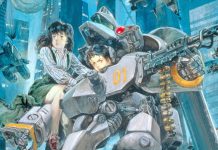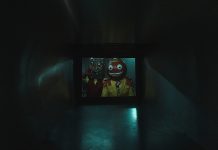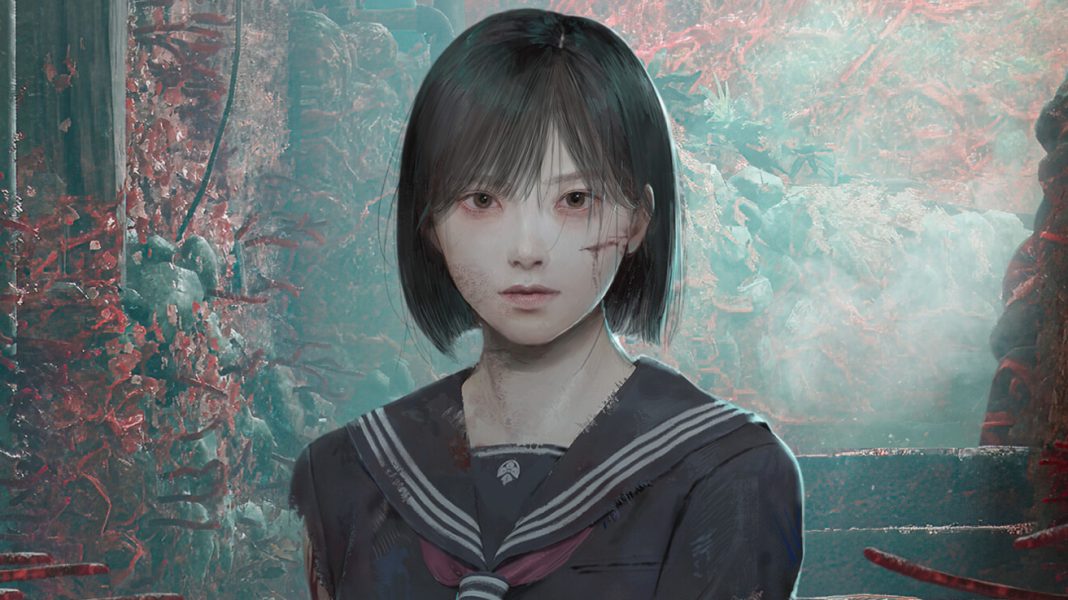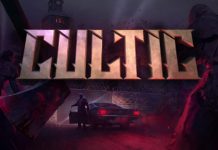Silent Hill has been undergoing a full-on revival during the past few years. Has it been a steady climb back to relevancy? Not really. Sure, the Silent Hill 2 remake has been paramount in reintroducing the franchise to fans old and new alike, but that’s cheating, isn’t it? It’s already the most iconic and widely beloved entry of the whole series. Conversely, the wholly original Silent Hill projects that debuted have either completely dropped off the face of the Earth or were mercilessly mocked into mediocre obscurity. Do you even remember Silent Hill: The Short Message and Silent Hill: Ascension?
It wouldn’t be a stretch to say that a lot of intrigue surrounded Silent Hill f as a result. It’s the first original entry in the series that relies on classic survival horror elements in over a decade. It’s a standalone spinoff that shares very little in common aesthetically with previous games. It’s the first full-length game made by NeoBards Entertainment, a studio primarily known for their work on ports and supporting development on much larger titles. It’s also the single fastest-selling Silent Hill game in history, breaking over one million copies in just a single day according to Windows Central — even surpassing the previous record holder, the Silent Hill 2 remake.
But is Silent Hill really back? Have we finally gotten away from rehashing what worked before and a lack of overall imagination? Does this Japan-centric spinoff really capture the appeal of the franchise as a whole? Let’s talk about that.
Silent Hills Under the Rising Sun
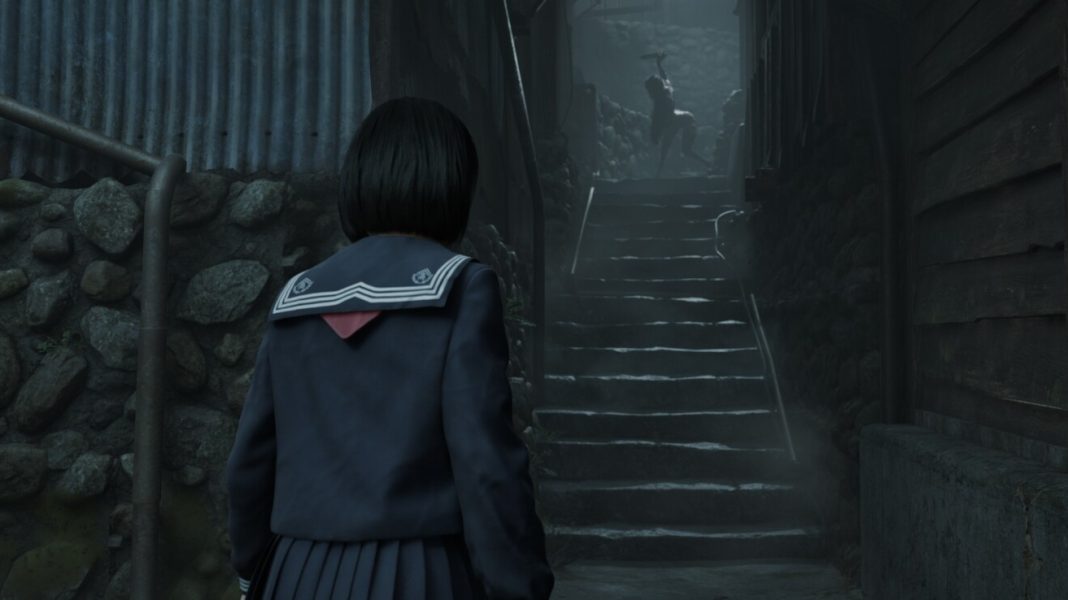
You’re not in America anymore. No, Silent Hill f distances itself from the titular town and instead places itself firmly within 1960s Japan, specifically in the isolated town of Ebisugaoka. And unfortunately, things aren’t going all too well for the game’s protagonist. Shimizu Hinako quickly leaves her family home after her father enters an alcohol-fueled rant, eager to make plenty of distance between herself and the slurred, rage-filled words filling her ears. You can tell this isn’t the first time she’s done this. After meeting up with a few of her friends from school — Shu, Rinko, and Sakuko — Hinako feels the start of a tension headache burrowing itself into her temples. But then things take a sinister turn.
A dense fog quickly envelops the town, with crimson spider lilies wrapping themselves around the streets, the buildings, and the surrounding infrastructure. Grotesque monsters resembling a twisted visage of the female form begin roaming the streets. A strange otherworld appears to Hinako whenever she becomes comatose, with violent rituals and mask-wearing faces filling the disconnected corridors all around her. What does this all mean? How can Hinako escape the madness surrounding her? And why do her own personal struggles affect the ongoing hysteria?
Prolific Japanese author Ryukishi07 penned the narrative here, and his involvement has been a huge part of the game’s initial hype. Am I intimately familiar with his work? Not really. But from what I can gather at a glance, his stories often rely on twisting your expectations through the perspectives of unreliable narrators and the general guise of paranoia. You’ll definitely find some of that here. But that’s all I can really say without getting too deep into spoiler territory.
There’ll definitely be an adjustment period if you’re expecting something like the original Team Silent games. There’s nothing as egregious as some of the writing in Silent Hill: Homecoming here. But expect something more like the surreal and dreamlike Silent Hill 4 compared to the slightly more subdued debut of the series.
There’s still thankfully something here to keep the atmosphere of the old games around. Akira Yamaoka returned to score some, not all, of the music. He’s a treat as always following his work on Keiichiro Toyama’s Slitterhead, and the focus on more traditional Japanese tunes is pretty refreshing compared to previous games. “Dizziness Drawn to a Faint Flame”, “The Bird’s Lament”, and “Hougejaku” are all favorites of mine from the soundtrack.
I’d also be remiss if I didn’t mention the other big thing Silent Hill f is going for. You see, the ending of your first playthrough in Silent Hill f is only somewhat conclusive. You’re given a brief explanation of all the horrible things happening around Hinako, a few reveals are made, and things suddenly come to an explosive, tragic end. But, if you’ve been reading the many notes and journal scraps found throughout the game prior to this, you’ll know that there are quite a few unanswered questions still left up in the air.
Similar to how Nier: Automata encouraged — nay, necessitated — multiple playthroughs to get the entire experience, Silent Hill f‘s full narrative only becomes clear upon repeat playthroughs. Additional notes, extended cutscenes and dialogue, and a total of four new endings to unlock (including the franchise staple UFO ending) means you’re in for the long haul. We’re talking about getting new story beats as far as New Game++ here. If that’s something that doesn’t necessarily appeal to you, you might have a rough time. This isn’t a Silent Hill game you can clear in just under a few hours, for better or worse.
Survival Horror and Action Combat
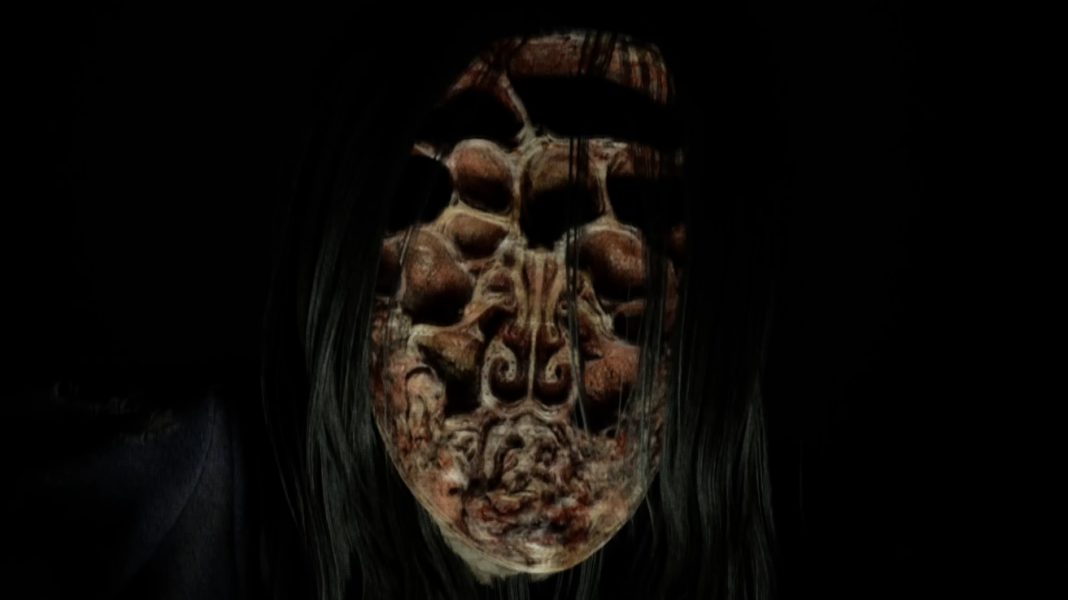
Silent Hill f is interesting to me mechanically. Is it perfect? I wouldn’t say so, but so few games (like Vanquish, for instance) are. I will say, though, that it comes exceptionally close to really capturing the intensity of classic survival horror games through its moment-to-moment gameplay. For the sake of reference, I did play on the highest combat difficulty available from a fresh start.
It’s a third-person game. You’ll control Hinako much the same way you would James in the Silent Hill 2 remake, albeit with a much greater focus on intense action. As in, I was legitimately taken aback by just how difficult Silent Hill f actually was. Despite my own troubles with the Silent Hill 2 remake, Silent Hill f is simultaneously more punishing and more demanding of you in both combat and resource management, more often than not forcing you to make several drastic and sacrificial decisions throughout a single playthrough.
Combat, for instance, is its own risky decision. Though Silent Hill veterans are surely able to take a pipe to a monster’s skull, you’ll have to contend with not only a limited number of weapons, but weapon durability as well. You can only carry around three melee weapons total — that’s right, no firearms whatsoever — and fighting so much as a single foe can whittle their durability down quickly. If a weapon’s durability hits zero, that’s it. It’s gone. You can’t pack weapons into storage, either. If you’re already carrying three, you’ll have to permanently discard one you’re carrying to pick up the new one.
RELATED: ‘Silent Hill 3’: Revisiting a Forgotten Sequel 20 Years Later
No storage also applies to your items. You can only carry so many items at one time, including life-saving healing items, and they share the same kind of “use-it-or-lose-it” mentality as your weapons. If you need a bandage, you’ll have to sacrifice a ramune drink or a chocolate bar to carry it around if you don’t have the space to spare. If you need a repair kit to repair your sledgehammer, you might just have to dump your useful kudzu tea. And you’ll need quite a few items to manage your health, sanity, and stamina.
Speaking of which, sanity and stamina are just as important as your health. The former gives you a bit more utility in combat. It slows down time, prolongs parry windows against foes, and allows you to activate a special charged attack that does a tremendous amount of damage. The latter determines how long you can sprint for, if and when you can dodge, and how often you can attack without getting winded. You can restore the former at shrines, the latter slowly recovers over time, and both can be more quickly topped off with items.
Because of this, there’s a surprising amount of interactivity in the combat here. Whereas in previous games, your positioning and your ability to time attacks appropriately along with keeping the fixed camera angles in check determined whether you’d successfully survive a fight relatively unscathed. In Silent Hill f, twitch reflexes play just as much a role in your survival as your actual skill.
The biggest things you’ll absolutely have to take advantage of are twofold: counter attacks and perfect dodges.
- Perfect dodges are dodges that take place at the last possible second against an enemy attack, rewarding you not only with a cool-looking slow-motion effect, but with a completely full stamina meter as well.
- Counter attacks have a very, very brief window where you can close the distance between you and an enemy, interrupt their attack, and deal a much higher amount of damage compared to your regular attacks. They’re hard to pull off consistently, and you don’t always get a window of opportunity for them, but they’re always worth trying for. Just try not to whiff your timing. Otherwise, you’re up the river.
These changes do fundamentally shift how combat is handled. You’re more often directly forced into combat scenarios, for instance. Routing past enemies isn’t as simple as it is in previous games, and the occasional arena-type setting is thrust upon you, demanding that you eliminate all foes in the area before proceeding forward. I’m not opposed to this in theory. But I have to bring up something very important.
I’ve said before that encounter design is a big thing for me — it was partly why I didn’t love Cronos: The New Dawn as much as I could’ve. And while Silent Hill f doesn’t necessarily wow me with its encounter design (we’ll get to why later), there are a few moments of brilliance here that I really, really like. One encounter I still love comes fairly early on, where a key needed to unlock a nearby storeroom accidentally falls into a well. What’s a teenage girl to do other than pull a crank to lift the key up and out of the well? It’s not like there’s a giant, gluttonous beast with a giant knife for an arm roaming around and trying to swipe your head off. . . until one shows up. With weapon durability being a factor here, you really can’t take too many attempts to bring the beast down, encouraging you to just get the key and get the hell out as fast as you possibly can.
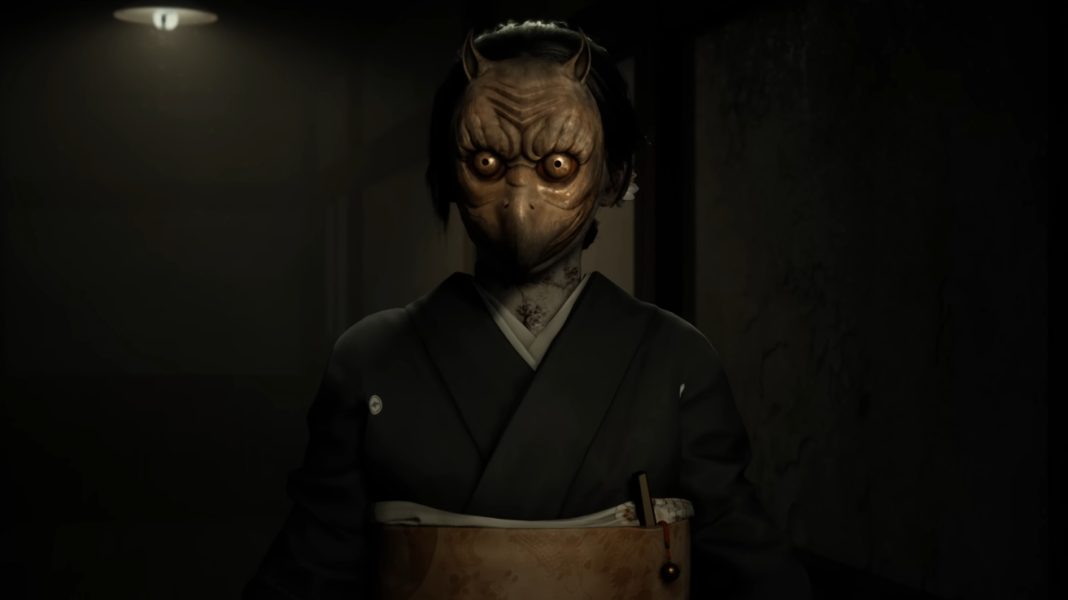
Problems do arise, however, when these kinds of setups quietly go away. I took the liberty of skimming quite a few other reviews and impressions of Silent Hill f. While they certainly span the critical spectrum, a common throughline I’ve found that ties a few of them together has to be the midpoint of the game. It’s hard to describe without getting into spoilers, admittedly. But you’ll definitely know it when you see it. It all starts when Hinako is granted a brand-new (and supernatural) addition to her arsenal in the otherworld. Sure, it’s a little absurd. But this is also the same series that saw Heather Mason vomit up a fetus before fighting God itself in the span of ten minutes.
Things take a turn here. Gone are the tense moments of having to manage combat encounters, of having to make the decision to run or stand your ground and fight. Instead of scenarios like the aforementioned well, what you have now is just a series of prolonged combat encounters, either via long, winding gauntlets or arenas that outright lock you in place until everything is dead.
The final stretch leading up to the final boss is the most egregious of these. What comes off as something meant to be the final run-up to a dramatic climax turns out to be a prolonged stretch full of blocked pathways, incredibly tanky enemy spawners that take eons to kill, and a general feeling of malaise-filled padding that makes the past few hours feel all the duller as a result. It’s not as if these battles are even unique, either. They’re just carbon copies of battles you’ve already fought several other times prior. Groups of three doll women, two doll women and one of those ape-like creatures, maybe two ape-like creatures, it’s all stuff you’ve done over and over just duplicated again with little done to shake things up. I wouldn’t even mind all the additional fighting if it just didn’t amount to me wailing on a single beast until it finally falls over and allows me to progress.
I’m not a huge fan of how the game’s otherworld segments are handled, either. You essentially have two different kinds of games going on here, one wherein your melee weapons and resources demand that you pick your fights carefully, and one wherein you’re not only expected to kill everything you come across, but you’re encouraged to since they’re practically immortal otherwise. All enemies in the otherworld (sans a special circumstance) revive themselves if they’re knocked down after you hit a certain point in the story, and the reward for permanently removing them is just too good to pass up on. You end up with two vastly different experiences that don’t really mesh together in a way that’s all that appealing to me. At the very least, the way they’re handled narratively is interesting.
Bosses are also really uneven for me. A staple of the series, Silent Hill‘s bosses are more often than not the definitive highlight in the franchise’s respective games, often serving as emotional climaxes or otherwise challenging encounters that really test your skills. I can safely say that two bosses here really fall into the realm of that, at least on a first playthrough. But the other two? One is a bona fide victory lap that grants you an unlimited durability weapon, 99 healing items, and infinite focus if you get knocked down too many times. The other is just a repurposed enemy you’ve already seen before paired with a smaller, unique enemy that goes down fairly quickly. You should take this with a grain of salt, however. I haven’t played enough to see the potential bosses in other routes.
The game’s performance does deserve a quick mention too. I’m not the best person to ask for stuff like this, but the game ran smooth enough on mostly medium settings on an Intel i5-8400 and an Nvidia 2060 RTX, albeit with some delayed loading of in-game assets during cutscenes. I can forgive stuff like that. What I can’t forgive as easily are crashes. During a single playthrough, I encountered no less than three separate crashes all throughout the game, with no real consistent link between them. It wasn’t overly obnoxious, but it was definitely noticeable.
RELATED: ‘Silent Hill: Shattered Memories’ Revisited: A New Direction for the Franchise
Should You Play Silent Hill f?
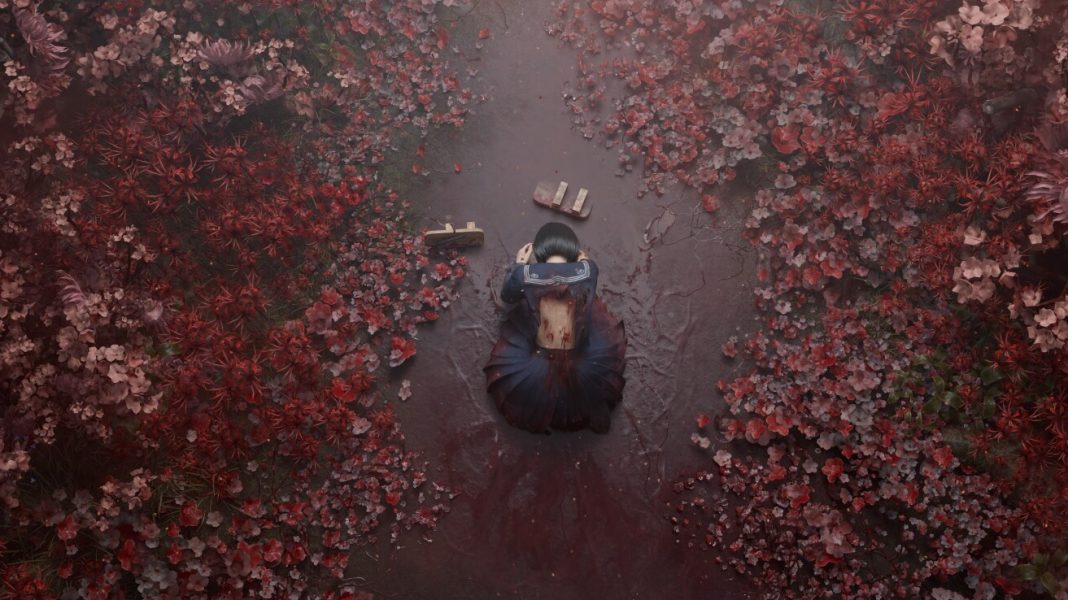
If I hadn’t completed a single playthrough of Silent Hill f, I would’ve said with no hesitation, “yes, absolutely, you should play this”. After doing a full playthrough? I’m not so sure.
Part of me wonders if it’s just the dramatic switch-up halfway through the game, or if it’s the coin-flip allure of multiple playthroughs, or maybe just a fatigue from the game’s extended combat encounters. But my initial enthusiasm for Silent Hill f did wane a bit as the game’s story winded down to a close for the first time.
It didn’t go away completely, mind you. I do think that Silent Hill f really scratched that kind of classic survival horror feeling I’ve been wanting from bigger budget games for a while now, especially from Silent Hill as a whole. And it’s still leagues above some of the other games in the franchise that really came and went. Looking at you, Silent Hill: Downpour. And Silent Hill: Homecoming. Even if I felt like Silent Hill f dragged towards the end, most of what led up to that genuinely had me hooked.
Knowing that Konami is aiming to keep the unique, one-off atmosphere of Silent Hill f with other Silent Hill games (per Automaton), it gives me some hope that future titles in this series will further refine what worked and what didn’t work here. For being NeoBards’ first original game as well, they did a decent job of assembling something that matched what a modern Silent Hill game ought to feel like. I can’t say I’m happy about the lack of a ranking system. But I’ll take what I can get.
Silent Hill f is currently available on Steam, PlayStation, Xbox, and the Epic Games Store.
We’re hardworking geeks that love to geek out, but we can’t do it without you! If you enjoyed this article and want to see more like it, please consider tipping our writers. Also, as an Amazon Associate, we earn from qualifying purchases.





